A Titan Battle: Oil versus Climate
Originally published May 14,2022
New oil and gas projects would produce 646 GtCO2 emissions, swallowing up the world’s entire carbon budget
Oil and gas majors are planning scores of vast projects that threaten to shatter the 1.5C climate goal. If governments do not act, these firms will continue to cash in as the world burns.
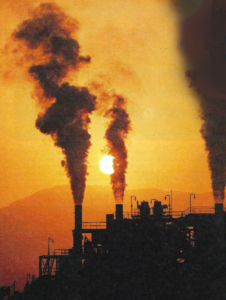 The world’s biggest fossil fuel firms are quietly planning scores of “carbon bomb” oil and gas projects that would drive the climate past internationally agreed temperature limits with catastrophic global impacts for all humanity.
The world’s biggest fossil fuel firms are quietly planning scores of “carbon bomb” oil and gas projects that would drive the climate past internationally agreed temperature limits with catastrophic global impacts for all humanity.
An in-depth Guardian report finds global oil and gas firms are placing multibillion-dollar bets against humanity halting global heating. The exclusive data shows ExxonMobil, Shell, BP, Chevron and state-run fossil fuel giants Gazprom (Russia) and China’s National Petroleum Corporation are actively placing multibillion-dollar bets against humanity halting global heating. Their huge investments in new fossil fuel production could pay off only if countries fail to rapidly slash carbon emissions, which scientists say is vital.
The oil and gas industry is extremely volatile but extraordinarily profitable, particularly when prices are high, as they are at present. ExxonMobil, Shell, BP and Chevron have made almost $2tn in profits in the past three decades, while recent price rises led BP’s boss to describe the company as a “cash machine”.
The lure of colossal payouts in the years to come appears to be irresistible to the oil companies, despite the world’s climate scientists stating in February that further delay in cutting fossil fuel use would mean missing our last chance “to secure a livable and sustainable future for all”.
Experts have been warning since at least 2011 that most of the world’s fossil fuel reserves could not be burned without causing catastrophic global heating.
UN secretary general, António Guterres, warned world leaders in April: “Our addiction to fossil fuels is killing us.”
The fossil fuel industry’s short-term expansion plans involve the start of oil and gas projects that will produce greenhouse gases equivalent to a decade of CO2 emissions from China, the world’s biggest polluter.
These plans include 195 carbon bombs, gigantic oil and gas projects that would each result in at least a billion tons of CO2 emissions over their lifetimes, in total equivalent to about 18 years of current global CO2 emissions. About 60% of these new oil and gas projects have already started pumping.
The guardian reported that the 12 biggest oil companies are on track to spend over $1oo million every day for the rest of the decade on fossil fuel expansion.
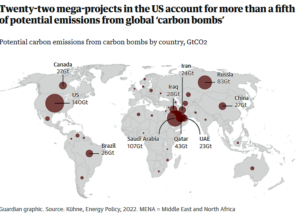 The world’s scientists agree the planet is in deep trouble. In August, Guterres reacted strongly to a stark report by the Intergovernmental Panel on Climate Change, the world’s leading authority on climate science. “The IPCC report is a code red for humanity,” he said.
The world’s scientists agree the planet is in deep trouble. In August, Guterres reacted strongly to a stark report by the Intergovernmental Panel on Climate Change, the world’s leading authority on climate science. “The IPCC report is a code red for humanity,” he said.
The IPCC states carbon emissions must fall by half by 2030 to preserve the chance of a livable future, yet they show no sign of declining.
In May 2021, a report from the International Energy Agency, previously seen as a conservative body, concluded there could be no new oil or gas fields or coalmines if the world was to reach net zero by 2050.
In April, shocked by the latest IPCC report that said it was “now or never” to start slashing emissions, Guterres launched an outspoken attack on companies and governments whose climate actions did not match their words.
“Simply put, they are lying, and the results will be catastrophic,” Guterres said. “Investing in new fossil fuels infrastructure is moral and economic madness”. “Climate activists are sometimes depicted as dangerous radicals. But the truly dangerous radicals are the countries that are increasing the production of fossil fuels.”
The Russia Factor
The reaction to Russia’s war in Ukraine has pushed oil and gas prices even higher, further incentivizing bets on new fields and infrastructure that would last decades.
The failure of countries to “build back greener” after the Covid-19 pandemic or the 2008 financial crash was not a good omen, and Guterres said: “Fossil fuel interests are now cynically using the war in Ukraine to lock in a high-carbon future.”
Russian President Vladimir Putin decreed on May 3 that no Russian entity would be allowed to make deals with those on the sanctions list, or even fulfil its obligations under existing deals.
Moscow has imposed sanctions on the owner of the Polish part of the Yamal pipeline that carries Russian gas to Europe, as well as the former German unit of the Russian gas producer Gazprom, whose subsidiaries service Europe’s gas consumption, impacting 29 Gazprom subsidiaries in Switzerland, Hungary, Britain, France, Bulgaria, the Benelux region, the United States, Switzerland, Romania and Singapore.
The United States, and the rest of the world
The U.S. is the leading source of potential emissions. Its 22 carbon bombs include conventional drilling and fracking, and span the deep waters of the Gulf of Mexico to the foothills of the Front Range in Colorado to the Permian basin.
Together, new US project gas and oil projects have the potential to emit 140bn tons of CO2, almost four times more than the entire world emits each year.
Saudi Arabia is the second biggest potential emitter after the US, with 107bn tons, followed by Russia, Qatar, Iraq, Canada, China and Brazil. Australia, widely condemned by international leaders as a laggard in addressing the climate crisis, ranks 16th.
Carbon bombs
The term carbon bomb has been widely used in climate circles for the past decade to describe large fossil fuel projects or other big sources of carbon. The new research sets a specific definition: projects capable of pumping at least 1bn tons of CO2 emissions over their lifetimes.
The journal, Energy Policy, found that just a few months after many of the world’s politicians positioned themselves as climate leaders during the Cop26 conference in Glasgow, they were giving the green light to a massive global expansion of oil and gas production that scientists warn would push civilization to the brink, adding that 40% of planned gas and oil projects projects that had not yet started production must be stopped if the world was to avoid sliding ever more quickly towards catastrophe, adding they should be a prominent focus of the global climate protest movement in the months and years ahead.
Tyndall Centre of Climate Research, University of Manchester and Uppsala University, Sweden, said the scale of planned production in the face of all the evidence suggested big oil and its political supporters either did not believe the climate science or thought their extreme wealth could somehow protect them and their children from the devastating consequences.
“Either the scientists have spent 30 years working on this issue and have got it all wrong – the big oil CEOs know better – or, behind a veil of concern, they have complete disregard for the more climate vulnerable communities, typically poor, people of color and far away from their lives. Equally worrying, they are disinterested in their own children’s future.”
The Oil industry, awash with cash
BP’s chief financial officer, Murray Auchincloss, described things this way… “Certainly, it’s possible that we’re getting more cash than we know what to do with. For now, I’m going to be conservative and manage the company as if it’s $40 [a barrel] oil. Anything we could get above that just helps, obviously.” At the time, the oil price exceeded $90; today it is $106.”
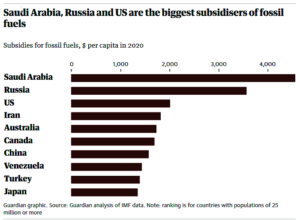 Data obtained by the Guardian from the think tank Carbon Tracker shows a dozen of the world’s biggest companies are on track to commit a collective $387 million dollars a day of capital expenditure to exploiting oil and gas fields through to 2030. A significant portion of this capital outlay is for maintaining existing projects – some oil and gas will still be needed as the world weans itself off fossil fuels –the exact amount is not publicly available.
Data obtained by the Guardian from the think tank Carbon Tracker shows a dozen of the world’s biggest companies are on track to commit a collective $387 million dollars a day of capital expenditure to exploiting oil and gas fields through to 2030. A significant portion of this capital outlay is for maintaining existing projects – some oil and gas will still be needed as the world weans itself off fossil fuels –the exact amount is not publicly available.
Nonetheless, it is clear that at least a quarter of this investment – $103m a day – is for oil and gas that cannot be burned if the worst impacts of the climate crisis are to be avoided, money that could instead be spent ramping up clean energy.
Even more worryingly, the companies have developed further project options that might lead them to spend an additional $84m a day that would not even be compatible with a devastating 2.7C of global heating.
“Companies that continue to develop projects based on business-as-usual demand are betting on the failure of policy action on climate and underestimating the disruptive potential of new technologies, such as renewables and battery storage,” said Mike Coffin at Carbon Tracker. “Such projects are either not needed or they lead to warming well in excess of Paris goals.”
A separate analysis based on Rystad Energy data from April, and after Russia’s invasion of Ukraine, found that 20 of the world’s biggest oil and gas companies remained on course to spend huge sums – $932bn – by the end of 2030 developing new oil and gas fields.
A Costly Free Ride … just got more expensive
Freeing the world from the grip of fossil fuels is made far harder by huge ongoing subsidies for the fuels, making them far cheaper than their true cost when the damage they cause is included – especially air pollution, which kills 7 million people a year.
- The G20 group of leading economies pledged in 2009 to phase out the subsidies but little has been achieved.
- Hundreds of billions of dollars in direct financial support is received by the producers and consumers of fossil fuels every year – but they benefit from far larger subsidies by not paying for the harm burning fossil fuels causes.
- When the damage from the climate crisis and air pollution is accounted for, the fossil fuel subsidies reach $6tn a year, according to the International Monetary Fund (IMF).
- The Guardian analysis shows oil and gas subsidies equivalent to $11m a minute globally, more than $1 million a minute in the United States — and American drivers complain about the high cost of fuel.
- The US is also high on the list of the biggest per capita subsidies for all fossil fuels with $2,000 a year, behind only Saudi Arabia ($4,550) and Russia ($3,560). After these countries, only Iran ($1815) is ahead of Australia ($1730) and Canada ($1690).
- “Taking the Paris agreement seriously requires a rapid shift away from fossil fuels,” said Simon Black, a climate economist at the IMF. “Getting fossil fuel prices right will help enormously in accelerating this transition.”
“The world is in a race against time,” said UN’s Guterres. “It’s time to end fossil fuel subsidies and stop the expansion of oil and gas exploration.”

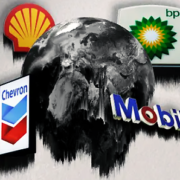
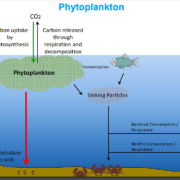
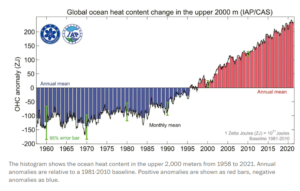 Today,
Today, 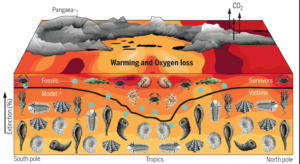 The Princeton University research revealed that most animals can’t afford to lose much more than 50 percent of their habitat — beyond that number, a species tips into irreversible decline. In the worst-case emissions scenarios, the losses would be on par with the five worst mass extinctions in Earth’s history.
The Princeton University research revealed that most animals can’t afford to lose much more than 50 percent of their habitat — beyond that number, a species tips into irreversible decline. In the worst-case emissions scenarios, the losses would be on par with the five worst mass extinctions in Earth’s history.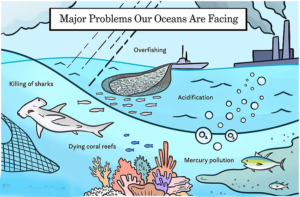
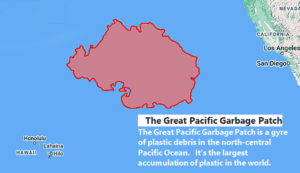 At least 14 million tons of plastic end up in the ocean every year, and plastic makes up 80% of all marine debris found from surface waters to deep-sea sediments. Marine species ingest or are entangled by plastic debris, which causes severe injuries and death, and people in turn eat the fish contaminated by oceans laden plastics.
At least 14 million tons of plastic end up in the ocean every year, and plastic makes up 80% of all marine debris found from surface waters to deep-sea sediments. Marine species ingest or are entangled by plastic debris, which causes severe injuries and death, and people in turn eat the fish contaminated by oceans laden plastics.
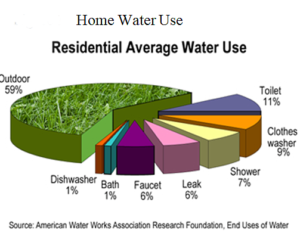 Redirecting the best quality wastewater from sinks, showers, and washing machines can replace 30 to 40% of the water needs for landscaping. Many nations and communities in the arid parts of the world reuse water by necessity and mandate.
Redirecting the best quality wastewater from sinks, showers, and washing machines can replace 30 to 40% of the water needs for landscaping. Many nations and communities in the arid parts of the world reuse water by necessity and mandate.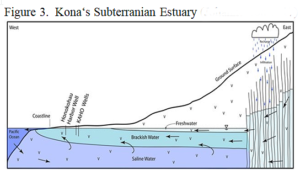
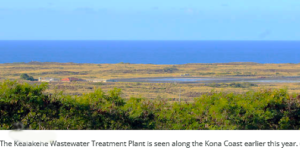 The wastewater of the Kealakehe Wastewater Treatment Plant is a glaring example of water resource mismanagement and nearshore pollution. For over 20 years about 1.8 million gallons a day of partially treated wastewater is dumped in a pit 0.7 of a mile from Honokohau Harbor. At least ten scientific studies document how this water flows seaward, in our subterranean estuary, polluting the harbor and the ocean. A plan that was funded by the EPA in 1993 required the reuse of the water for irrigation.
The wastewater of the Kealakehe Wastewater Treatment Plant is a glaring example of water resource mismanagement and nearshore pollution. For over 20 years about 1.8 million gallons a day of partially treated wastewater is dumped in a pit 0.7 of a mile from Honokohau Harbor. At least ten scientific studies document how this water flows seaward, in our subterranean estuary, polluting the harbor and the ocean. A plan that was funded by the EPA in 1993 required the reuse of the water for irrigation.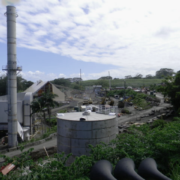
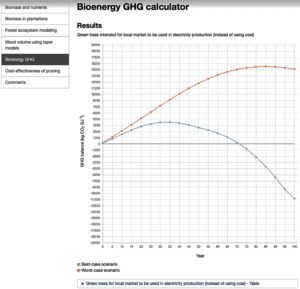 The Canadian government website allows designation of speed of growth of the trees and the distance of transport of harvested trees to the power generating facility. Factoring ‘fast growing trees’ and 50 kilometers (30 miles) average transport (Pahala, Waiakea Mauka and Waipio rim to Pepe’ekeo) this Calculator shows that,
The Canadian government website allows designation of speed of growth of the trees and the distance of transport of harvested trees to the power generating facility. Factoring ‘fast growing trees’ and 50 kilometers (30 miles) average transport (Pahala, Waiakea Mauka and Waipio rim to Pepe’ekeo) this Calculator shows that, 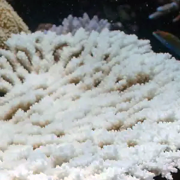
 Dr David Wachenfeld, chief scientist at the Great Barrier Reef Marine Park, told Guardian Australia: “There is certainly a risk we are seeing a mass bleaching event.
Dr David Wachenfeld, chief scientist at the Great Barrier Reef Marine Park, told Guardian Australia: “There is certainly a risk we are seeing a mass bleaching event.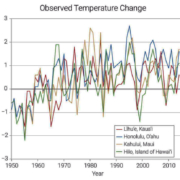
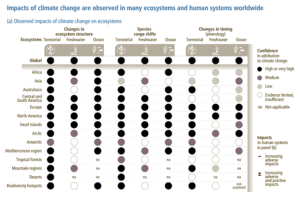
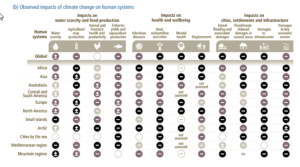
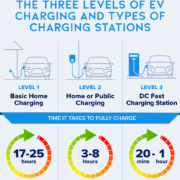
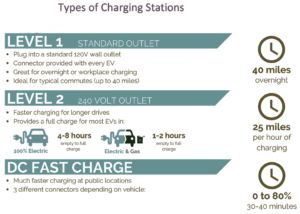
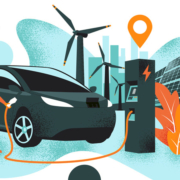
 The President Biden’s BBB bill calls for expanding tax credits for Electric Vehicle purchases to as much as $12,500 (legacy Federal and state EV tax credits, some still in effect, offer significantly less financially benefits to BEV buyers on select qualifying models). In the meantime, Detroit and other automakers are (or preparing to) invest billions into new plants to produce EVs. Without Federal EV purchase credits, middle and lower income buyers will have difficult with current electric vehicle price tags, slowing the transition to zero emissions, this is especially true for many of Hawaii’s residents.
The President Biden’s BBB bill calls for expanding tax credits for Electric Vehicle purchases to as much as $12,500 (legacy Federal and state EV tax credits, some still in effect, offer significantly less financially benefits to BEV buyers on select qualifying models). In the meantime, Detroit and other automakers are (or preparing to) invest billions into new plants to produce EVs. Without Federal EV purchase credits, middle and lower income buyers will have difficult with current electric vehicle price tags, slowing the transition to zero emissions, this is especially true for many of Hawaii’s residents.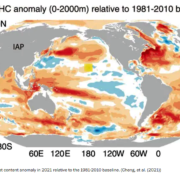
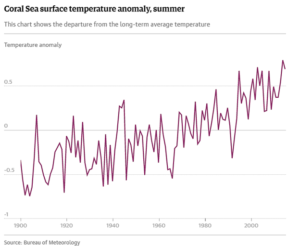 What does this mean for Hawaii this coming summer and the state’s marine coral reef systems?
What does this mean for Hawaii this coming summer and the state’s marine coral reef systems?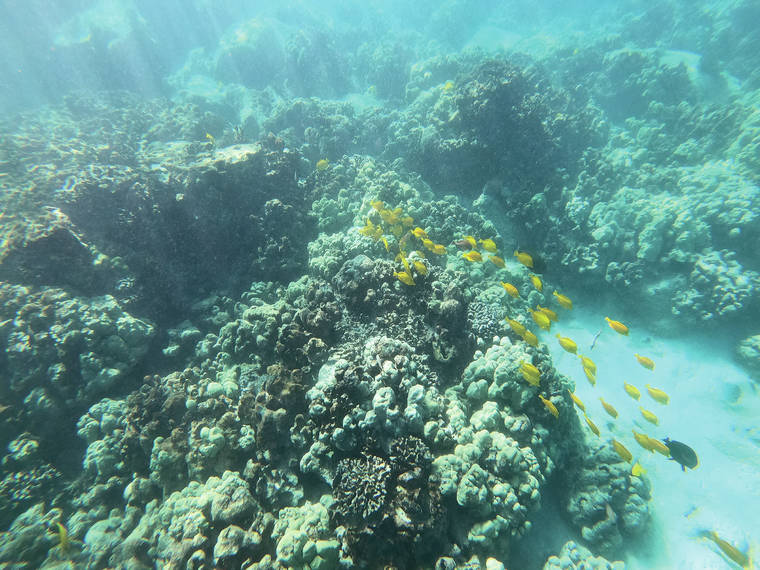
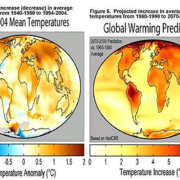
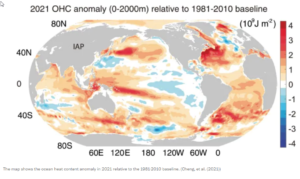 The 2021 record isn’t surprising, said ocean researcher Linda Rasmussen, who was not involved in the study. Mainly, Rasmussen said, that is because the major driver of ocean warming has not changed. “Because the ocean still absorbs the vast majority of the excess heat, it would be surprising if the trend didn’t continue.”
The 2021 record isn’t surprising, said ocean researcher Linda Rasmussen, who was not involved in the study. Mainly, Rasmussen said, that is because the major driver of ocean warming has not changed. “Because the ocean still absorbs the vast majority of the excess heat, it would be surprising if the trend didn’t continue.”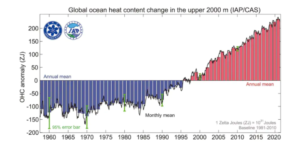 “Ocean warming is destabilizing Antarctic ice shelves from underneath, which could lead to the collapse of large pieces of the ice sheet such as the Thwaites glacier, threatening massive . . . sea level rise,” Michael Mann, a co-author of the study and a climate scientist at Pennsylvania State University, wrote in an email. “This finding really
“Ocean warming is destabilizing Antarctic ice shelves from underneath, which could lead to the collapse of large pieces of the ice sheet such as the Thwaites glacier, threatening massive . . . sea level rise,” Michael Mann, a co-author of the study and a climate scientist at Pennsylvania State University, wrote in an email. “This finding really